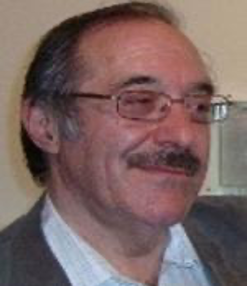Wood sugar is often called Wood Molasses. It is not the same as molasses from cane or beet sugar. But they look much the same, a black syrup with typical 75% dry matter.
We can use both hardwood and softwood in our process. From hardwood we get mostly pentosans (C5 sugar), from softwood mostly hexosans (C6 sugar). We will in the following focus on wood sugar from softwood.
The hemicellulose derivatives fraction makes up almost 30% of the dry wood feed. These are almost entirely carbohydrates (sugars) and their compounds derived from 5- and 6-carbon sugars such as glucose, mannose, galactose and xylose.
The syrup of wood sugar has shown itself to be an excellent additive in cattle feed. It can be used in greater amounts than conventional molasses, and appears to have orexigenic (appetite stimulating) properties and increases feed intake.
About 90% of the softwood molasses made by the Glommen process consists of carbohydrates, the remainder being calcium salts, primarily acetate, and a small amount of polyhydric alcohols. All of these are fully digestible by ruminants and some other animals
The carbohydrates in the product are a mixture of simple sugars such as glucose, multisugar compounds such as glucomannan, galactoglucomanna and glucoxylomannan and oligomers of two to five molecules of these, all being soluble in water at 40oC. Spruce galactoglucomannan has the following structure, mannose being marked in green, glucose in blue and galactose in yellow:

The fact that wood molasses has a more complex structure than cane molasses means that it is digested over a longer period, perhaps explaining why the animal’s appetite is not satisfied as quickly, allowing it to consume more fodder. This is an important benefit in cattle raising as it can increase body weight and perhaps milk yield. Another factor is that this molasses does not have a sweet taste, unlike conventional molasses; this may perhaps be instrumental in permitting the animal to eat more without feeling full.

Kenneth P (Ken) Harris is a polymer chemist who has lived in Norway since 1976. He grew up in London. Ken was head of research in Glommen’s first project within such processing, back in 1990 – 1992.
He has been much involved in research in this field.


325 thoughts on “Wood Sugar Chemistry”
Comments are closed.